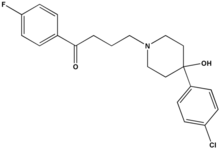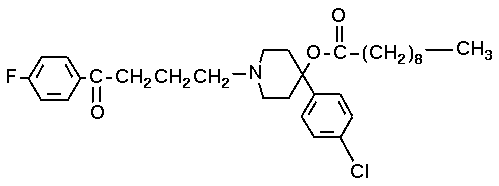Twitch and Shout: A Touretter's Tale
by Lowell Handler
University of Minnesota Press, 111 Third Avenue South, Suite 290, Minneapolis, Minnesota 5540-2520 USA
Paper, 226 pages, 2004, ISBN 0-8166-445-9, 16.95
Tourette's Syndrome: Finding Answers, Getting Help (Patient Centered Guide)
by Mitzi Waltz
O'Reilly & Associates, Inc., 101 Morris Street, Sebastpol, California 95472 USA
Paper, 400 pages, 2001
How do we deal with our limitations? How do we deal with a limiting excess of energy? (1) Denial is not an option when those limitations involve the in-your-face neurological symptoms of Tourette's: facial tics, grimaces, glares, twitches. Add neck and shoulder jerking or arms and legs that spontaneously push, punch, jab and kick. And there's more! "Coprolalia" is the term for Tourette style cussing. Involuntary. Uncontrollable, often very loud, staccato repetitions of words deemed among the most, socially unacceptable.
Children are the victims of Tourette's. As a youngster Lowell Handler and his baffled parents visited doctors for 16 years looking for answers to the questions posed by his tics. Finding nothing, they moved on to psychological counseling. Possible family dysfunction was the only guess there.
Mitzi Waltz cites current research that says parental malfeasance is not the cause of Tourette's. (2) Repeated childhood illness is suspected of damaging the central nervous system of Touretters. Autoimmune responses are being looked at and a genetic component is suspected but no testing is yet underway. Seventy-five percent of all Touretters are male.
Waltz provides brief descriptions of over 20 pharmaceuticals used for the symptoms of Tourette's. While Parkinson's is seen as the result of a deficiency of dopamine activity, Tourette's reflects an excess of dopamine activity. Handler describes his experiences with Haldol and with Pimozide. Pharmaceutical drugs require a market in order for the manufacturer to continue production. Not enough demand and the substance is relegated to the status of 'orphan drug' whose future is in question because it treats a disease that affects two hundred thousand Americans or less. Pimozide fell into this category and Handler went to testify on behalf of NORD (National Organization for Rare Disorders). Pimozide turned out to be one of the first drugs to be approved under the Orphan Drug Act which provides sufficient tax incentive for the company to manufacture even smaller amounts. One person can make a difference. Even if somewhat after the fact. The rest of the industrialized world got there in the early part of the century making the US a century behind.... Despite the individual ailment all disease is less rare when looked at on a planetary basis.
Handler believes we are divided, in this country, into "them" and "us" by what a friend of his terms "the arrogance of good health." It can never happen to me and why should I feel responsible for those who are chronically ill with anything? Why indeed. Raising new questions about what it means to live in society. There is additional benefit to viewing a health concern in a global way. Perspectives may be made more flexible.
Dr. Credo Mutwa of South Africa is a traditional Zulu healer who discussed Tourette's syndrome with Handler. South Africa has seven diseases regarded as sacred--the diseases of the Gods. Tourette's is one of two such sacred diseases in Zulu culture where those people so afflicted have been made great leaders socially and spiritually. They name this disease "Indiki"; the word meaning 'pulse' or 'jerk illness.' Describing: "The victims usually suffer from the jerking of the head, the strange and illogical sounds that this person makes, and sometimes ... the person will let fly with the most horrendous swear words in Zulu." In one culture reviled; in another culture exalted.
Children are the initial recipients of this disorder. A stock character in life is the playground bully of every age fearing the outcome of a fair contest, sniffing out human vulnerability to exploit. This is part of life for Touretters. This is part of the limitations that must be dealt with.
Handler interviewed adult Touretters for educational photography shows, write-ups and videos. He met a classical flutist and conductor, an inner-city firefighter, a young couple engaged to be married who both have Tourette's, an actress and singer, an artist, sculptor and karate master, an NBA player. All ways of dealing with the limitations of excess energy.
Tourette's challenges what we believe is socially acceptable. Some Touretters hold that being drunk in public is more acceptable than being a Touretter in public. One is a voluntary condition; the other is not.
"People who live with the condition of being different, whatever form that takes, have come to accept that which binds us is the human condition, rather than emphasize the difference."
References
1. See also: The Man Who Mistook His Wife for a Hal and Other Clinical Tales by Oliver Sacks. Touchstone. 1998. P.92: "... Tourette's is an excess of nervous energy ... a definite neurological disorder...."
2. http://www.tourettesyndrome.org
review by Pat Johnson
COPYRIGHT 2005 The Townsend Letter Group
COPYRIGHT 2005 Gale Group



